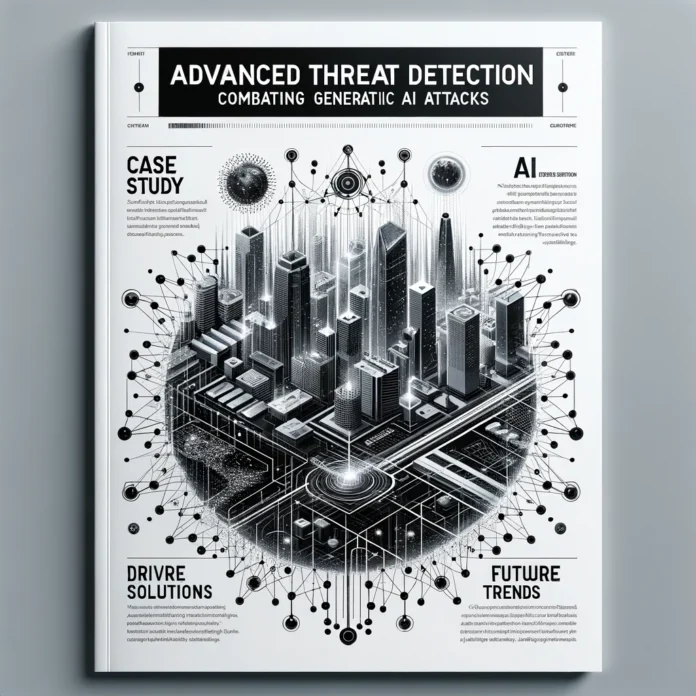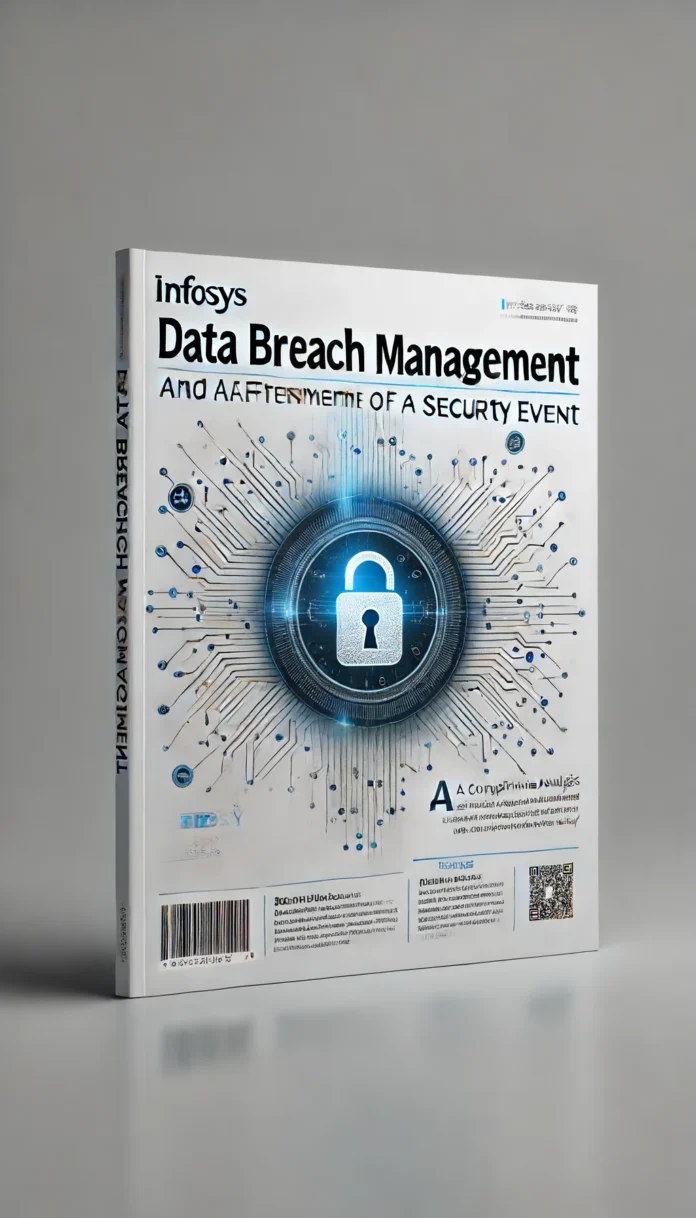In today’s digital landscape, organizations face unprecedented challenges from cyber threats and natural disasters. The increasing frequency and sophistication of cyberattacks, combined with unpredictable natural calamities, necessitate a robust approach to business continuity. This article delves into how cyber risk management solutions integrate with disaster recovery plans to ensure seamless business operations, providing actionable insights backed by current, factual data.
Understanding the Imperative: Why Business Continuity Matters
Problem Statement
Imagine waking up to find your organization’s entire digital infrastructure compromised by a ransomware attack, or discovering that a natural disaster has rendered your primary data center inoperable. Such scenarios are not just hypothetical; they are harsh realities that many businesses face. The repercussions are severe—lost revenue, damaged reputation, and legal ramifications. For stakeholders and decision-makers, the urgency to find effective solutions that safeguard their operations is paramount.
The Convergence of Cyber Risk Management and Disaster Recovery
Cyber Risk Management: A Primer
Cyber risk management involves identifying, assessing, and mitigating risks associated with digital assets. It encompasses a range of strategies, including threat detection, vulnerability management, and incident response. According to the 2023 Cost of a Data Breach Report by IBM, the average cost of a data breach has reached $4.45 million, underscoring the critical need for robust cyber risk management.
Disaster Recovery: Ensuring Business Resilience
Disaster recovery (DR) focuses on restoring IT systems and operations after a catastrophic event. A well-defined DR plan includes backup strategies, failover mechanisms, and detailed recovery procedures. The Global Disaster Recovery Survey 2023 by Arcserve reveals that 64% of organizations have experienced a downtime event in the last 12 months, emphasizing the necessity of effective DR plans.
Integration of Cyber Risk Management with Disaster Recovery
Holistic Risk Assessment
Effective integration begins with a comprehensive risk assessment that identifies potential cyber threats and disaster scenarios. This assessment helps prioritize resources and develop tailored strategies that address both cyber and physical risks. For instance, combining cyber risk assessments with disaster recovery planning ensures that both digital and operational disruptions are accounted for.
Unified Incident Response
Integrating cyber risk management with disaster recovery enhances incident response capabilities. When a cyber incident occurs, having a coordinated response plan that includes DR procedures ensures that systems are restored quickly and efficiently. This integration minimizes downtime and mitigates the impact on business operations.
Continuous Monitoring and Testing
Regular monitoring and testing are crucial to maintaining the effectiveness of integrated solutions. Continuous monitoring helps detect potential threats in real-time, while regular DR drills ensure that recovery procedures are up-to-date and effective. The 2024 Cyber Resilience Report by Deloitte highlights that organizations with integrated monitoring and testing frameworks are 50% more likely to recover from cyber incidents swiftly.
Leveraging Advanced Technologies
Technological advancements play a significant role in integrating cyber risk management with disaster recovery. Solutions like artificial intelligence (AI) and machine learning (ML) enhance threat detection and automate recovery processes. According to Gartner’s 2024 Emerging Technologies Survey, 72% of organizations that implemented AI-driven cyber risk management solutions reported improved recovery times and reduced operational disruptions.
Case Study: Successful Integration in Action
A notable example of successful integration is seen in the financial services sector. A leading bank implemented a combined cyber risk management and DR strategy that leveraged AI for real-time threat detection and automated failover systems. During a cyberattack that targeted their online banking platform, the integrated approach enabled the bank to detect the intrusion swiftly, isolate affected systems, and activate their DR plan, resulting in minimal disruption and customer impact.
Best Practices for Effective Integration
Develop a Unified Framework
Creating a unified framework that encompasses both cyber risk management and disaster recovery is essential. This framework should outline roles, responsibilities, and processes for both domains, ensuring seamless collaboration and coordination during incidents.
Invest in Training and Awareness
Regular training and awareness programs for employees enhance preparedness and response capabilities. Ensuring that staff are knowledgeable about both cyber risks and disaster recovery procedures is critical to the success of integrated solutions.
Foster a Culture of Resilience
Cultivating a culture of resilience within the organization promotes proactive risk management and continuous improvement. Encouraging employees to participate in risk assessments, DR drills, and feedback sessions helps build a robust and resilient operational environment.
Conclusion: Building a Resilient Future
Integrating cyber risk management with disaster recovery is no longer optional—it’s a necessity for ensuring business continuity in an increasingly volatile landscape. By adopting a holistic approach that leverages advanced technologies, continuous monitoring, and unified frameworks, organizations can effectively prepare for the worst and safeguard their operations.
For decision-makers, the path forward involves not just implementing these strategies but continually evolving them to meet emerging threats and challenges. The future of business resilience depends on the proactive integration of cyber risk management and disaster recovery, creating a robust shield against the unpredictable.





